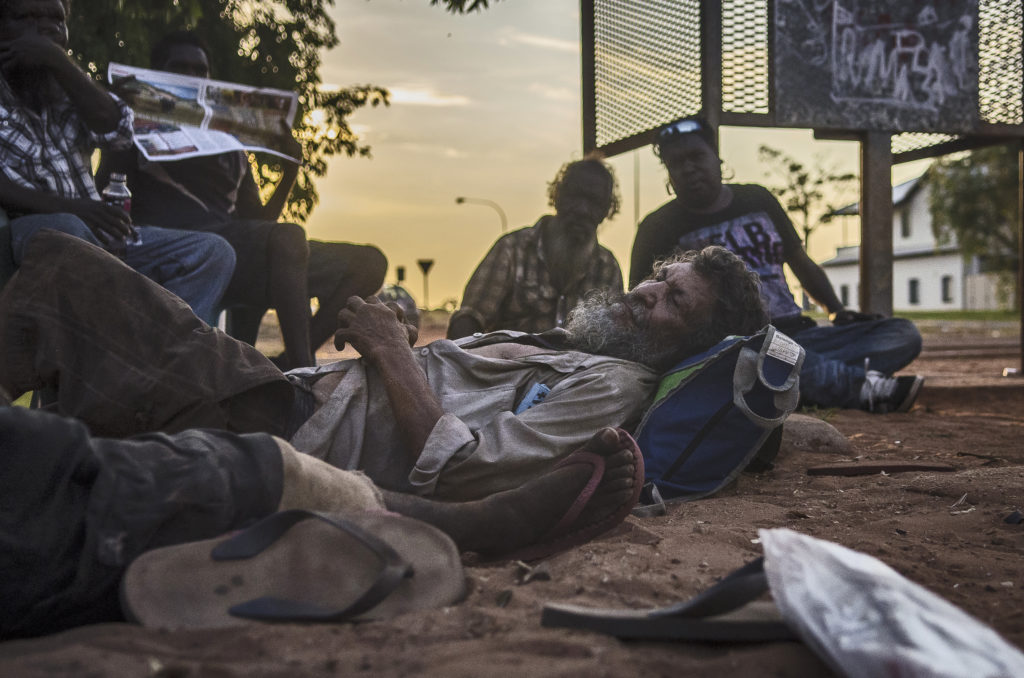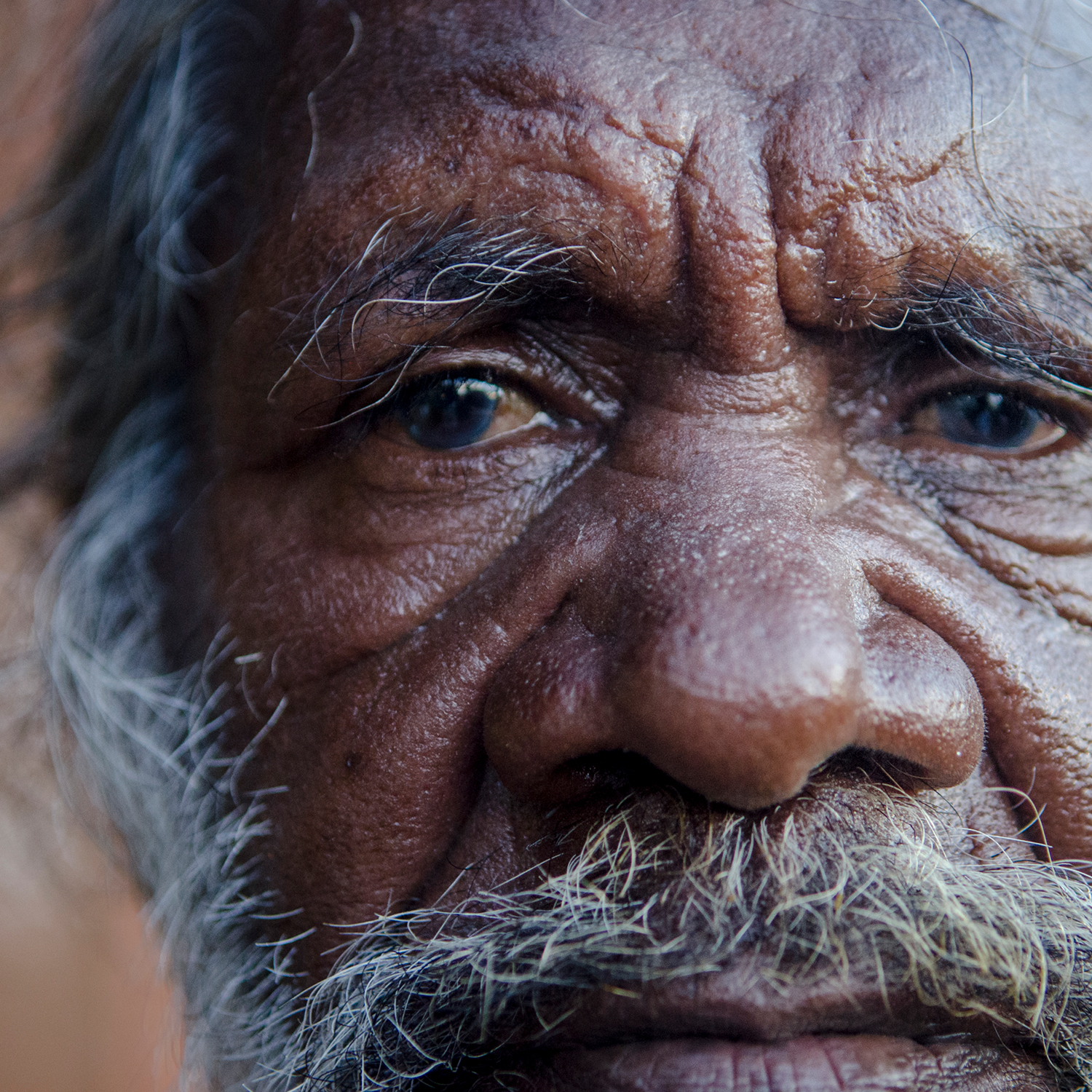Click here to read in Portuguese.
Reading time: 4 minutes
We Are Storytelling Animals
We are storytelling animals. Every day, we’re surrounded by narratives—through conversations, films, even our dreams. And it’s always been this way. From cave paintings to Egyptian hieroglyphs, from songs to theater, from books to multimedia narratives. We create images of time that travel across continents and centuries, breaking through cultural walls, constructing complex architectures of memory and forgetting, of voices and silence.
But in this constellation of narratives, there is a profound imbalance.

Stories as Forms of Power
Stories have been used to justify kingdoms, oppressions, and genocides. But they’ve also been crucial in winning rights, correcting injustices, and resolving conflicts.
Still, not all stories get told.
Men’s stories are more present than women’s. The voices of literate societies dominate over those from oral traditions. Western narratives often overshadow Eastern ones. History, as we know, tends to glorify the victors.
“Until the lions learn to write their own historians, the tale of the hunt will always glorify the hunter,” said Nigerian writer Chinua Achebe.
When only the hunter tells the tale of his encounters with lions, he’s always the hero. The lions, meanwhile, remain without a story. And their strength or skill in the hunt isn’t enough to balance the narrative.

Histories of Power vs. Power of Stories
Over the past few decades, a significant portion of the stories told have disproportionately served the desires of a specific portion of the population—aimed at promoting consumption and upholding dominant values like patriarchy, heteronormativity, whiteness, and written culture. These narratives reinforce structures that benefit some groups at the expense of others.
This narrative imbalance results in an excess of stories that positively represent one part of the population (typically white elites and middle classes, especially men), while there is a lack—or complete absence—of stories about other groups: Black people, Indigenous peoples, people with disabilities, women/mothers, immigrants, LGBTQ+ communities, and others. The consequence? A distorted image of the “other,” reinforcing stereotypes and making it harder to see the world through their eyes.
The imbalance of stories is a global issue.
Research conducted across Europe, New Zealand, Australia, Nigeria, and especially in the United States, reveals the extent of this problem. In the U.S., studies show that Black Americans are underrepresented in the media and, when portrayed, are often linked to criminality. The effects are deep: recent research suggests that this media misrepresentation even contributes to lower life expectancy for Black men. And similar patterns are emerging across other marginalized groups.
Empathy and the Imbalance of Stories
One of the major consequences of this imbalance is a lack of empathy. Research links low collective empathy to concerning behaviors in teens and even neglect in healthcare settings. On the other hand, empathetic people tend to be more creative, open-minded, socially connected, and productive.
That’s why it’s vital to pay attention to the stories we consume.
Consumerist ideology has significantly reduced the diversity of stories available to us. Content recommendation systems, designed to keep us buying—whether products or content—create what Paul Saffo calls “personal medias“: content islands that reinforce our preexisting worldviews. According to Saffo, this is a kind of social dynamite. Shared knowledge and accessible information are what bind civil society together—they’re how we change opinions, empathize, and connect (SAFFO, 2005).
Empathy’s scarcity isn’t tied to economic poverty.
The imbalance of stories doesn’t stem from the stereotype that lower-income groups are more lacking than elites. Everyone—regardless of class—needs to balance their narrative intake. Everyone needs to develop empathetic tools. The right to information and access to diverse stories is just as essential for the privileged as it is for the marginalized.
We must start creating and consuming more diverse narratives. Stories of connection, rather than segregation. According to researchers, storytelling is one of the most powerful antidotes to the empathy gap. Stories serve as a bridge between distant worlds—especially when built around universal human themes.
P.J. Manney, director at the World Transhumanist Association (H+), believes that only stories will be able to break through the narcissism fueled by personal medias and the blurring lines between humans and machines in our near future. Only through storytelling will we be able to experience the feelings of others without losing ourselves in the illusion of simulated reality.
This, then, is the equation we face:
An imbalance of stories leads to social invisibility and a lack of empathy.
But diverse stories offer a compelling solution. They strengthen our ability to understand one another—and by doing so, amplify both our creativity and our capacity for connection.
—
Break the bubble.
Diva. United by difference.
Marcelo Téo is a researcher, educator, and co-founder of Diva Inclusive Solutions. With over a decade of experience in inclusive strategy and storytelling, he explores how diverse narratives shape empathy. Marcelo works at the intersection of learning, content, and DEI—blending research, creativity, and design thinking. Also a musician and father.
